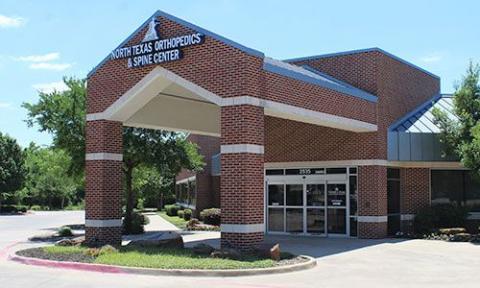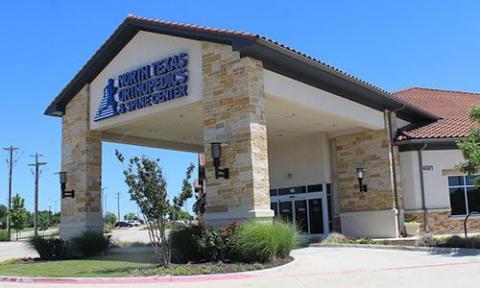The triangular fibrocartilage complex (TFCC) is a crucial structure in the wrist that plays a vital role in stabilizing the ulna and facilitating smooth wrist movement. When this complex is damaged, it can lead to a condition known as a TFCC tear, which can cause significant pain and functional limitations. Let’s delve into the details of this common wrist injury.

The TFCC is a network of ligaments and cartilage located on the ulnar side of the wrist (the side of the pinky finger). It consists of several components:
At the center of this complex lies the triangular fibrocartilage disc, which is the most commonly injured structure in TFCC tears.
TFCC tears can occur due to two main reasons:
Common signs and symptoms of a TFCC tear include:
Diagnosing a TFCC tear typically involves:
Treatment for TFCC tears depends on the severity of the injury and may include:
Recovery from a TFCC tear can take several weeks to months, depending on the severity of the injury and the chosen treatment approach. A comprehensive rehabilitation program is crucial for restoring wrist strength, flexibility, and function.
While not all TFCC tears can be prevented, some measures can help reduce the risk:
In conclusion, TFCC tears are a common wrist injury that can significantly impact daily activities and quality of life. Early recognition of symptoms and appropriate treatment are key to optimal recovery. If you suspect a TFCC tear, consult with a hand specialist for proper evaluation and management. With the right care, most individuals can return to their normal activities and regain full wrist function.
See why our patients love our physicians, quality of care, and amazing results.
*Based on Independent Market Research


© 2024, North Texas Orthopedics & Spine CENTER. All rights reserved.